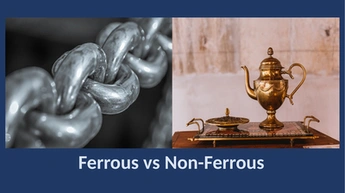
The industries are full of metal options from stainless steel and aluminum alloys to brass and zinc. The list of metals may seem endless, but they all belong to two categories namely ferrous and non ferrous metals.
If you are in an industry where you use different metals regularly, getting the basics of these categories would be worthwhile. Some industries tend to use more ferrous metals while others prefer non-ferrous metals. Construction, transport, and automotive are some areas with widespread applications of ferrous metals.
Nonferrous metals are common in automotive engines, electrical cables, and tools, among others. All these differences emanate from the different compositions of the metals, which give rise to pros and cons based on the project at hand.
In this article, we expound on these differences to help you choose the most suitable metal category between ferrous vs non ferrous.
What is ferrous metal?
Ferrous metal is a type of metal whose main component is iron. Such metals are renowned for longevity and strength. You will find ferrous metals in demanding industries such as automotive and construction, as evident from A Comprehensive Guide to Steel Sheet Metal Fabrication: Materials, Processes, and Key Applications. A good example that fits this description is steel.
The most notable characteristic of ferrous metals is their magnetic capability. The metals are magnetic due to their iron content, a property that finds widespread use in motor manufacturing.
It is important to note that some ferrous metals are nonmagnetic. For instance, some stainless steels are non-magnetic. Austenitic steels lack ferromagnetism (the capability to attract other metals) because of their unique molecular structure.
One disadvantage of high iron content is high susceptibility to corrosion. When exposed to the environment, these metals tend to form iron oxide, which is a crust on the material’s surface. Due to this challenge, manufacturers must add protective measures to the metals. A popular surface treatment for this is galvanizing.

Galvanized iron sheet roof
What does non-ferrous metal mean?
For the non-ferrous metal, the iron content is insignificant. This is the reason metals in this category don’t have magnetic properties. Some of the properties of non-ferrous metals are low weight, high conductivity, and high corrosion resistance.
These metals also tend to be more malleable than the ferrous ones. A notable drawback of non-ferrous metal is the relative lack of strength. On application, a big contribution to the preference for non-ferrous metals in some applications is corrosion resistance.
A case in point is aluminum, a metal that is widely used in CNC machining services for transportation and aerospace. Where aluminum fails in strength or otherwise, alloying elements can make the material more applicable. An alloy such as 7075 aluminum is strong enough to be used interchangeably with steel in some instances.
Try Prolean Now!
What are examples of ferrous metals?
Below is a brief discussion of a list of ferrous metals.
Wrought Iron

A wrought iron gate
Wrought iron is one of the most used types of ferrous metals. It is an alloy of iron with an insignificant amount of carbon. To make wrought iron oxidation and corrosion-resistant, the manufacturer includes slag in the manufacturing process.
Two notable issues of wrought iron are poor fatigue strength and hardness. Popular applications of the material are ornaments, gates, chains, and barbed wire.
Cast iron
The main components of this alloy are carbon, silicon, and iron. This combination is the reason the material is brittle and wear-resistant. Some good examples of the applications of cast iron are car engines, tools, clothes iron boxes, and water pipes.
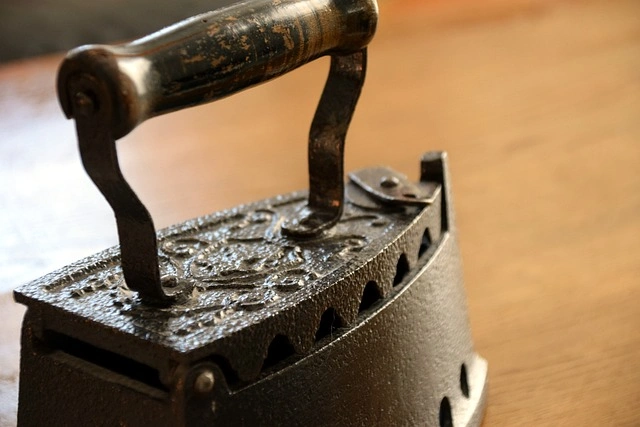
A cast iron box
Steel
Also on the list of ferrous metals is steel, which comprises carbon and iron, with the carbon providing the hardness. The two elements are mixed at over 2600°F. Steel is also tough and strong, properties that are central to the material’s suitability in construction and related industries.
Alloy steel
Alloy steels contain additional elements such as titanium and chromium for added strength and durability with the same weight. Stainless steel, with its chromium element, is one of the most common alloy steels. You will find many alloy steels in the building and machining industries.
Carbon steel
Carbon steel is markedly harder than other steel versions and types of ferrous metals due to a higher proportion of carbon. This material is so hard that it can retain a sharp edge against high force. It is the preferred material for blades and machine tools.
What are the examples of nonferrous metals?
Now to the types of non-ferrous metals.
Aluminum
Aluminum is lightweight, corrosion-resistant, and very versatile. Its recyclability is unmatched. About 1.5 billion tonnes of aluminum has been manufactured historically, and three-quarters is still in use today.
Aluminum is also one of the most malleable materials, but it has a high strength-to-weight ratio. This is a prominent reason why providers of sheet metal services use the material extensively.
Copper
Copper is a ductile and malleable metal that easily conducts heat and electricity. It has a distinctive red color. Owing to conductivity properties it is not surprising that the most popular application is in the electricity space for general wiring and related applications.
Copper is also ideal for statues, pipes, and roofing sheets. The material is also one of the formative components of brass.

Copper pipes
Zinc
Zinc’s most distinctive characteristics are low melting point and low strength. The metal is also easy to machine provided you heat it adequately to prevent crystal cleavage. The most popular industrial application of zinc is galvanizing, the process of coating steel or iron with the material to make it rust-free.
Brass
Brass alloys contain copper and zinc as the main alloying elements. By adjusting these components, you can achieve different grades of the material, including the wire used in EDM machining. Normally, brass offers good corrosion resistance, strength, and longevity.
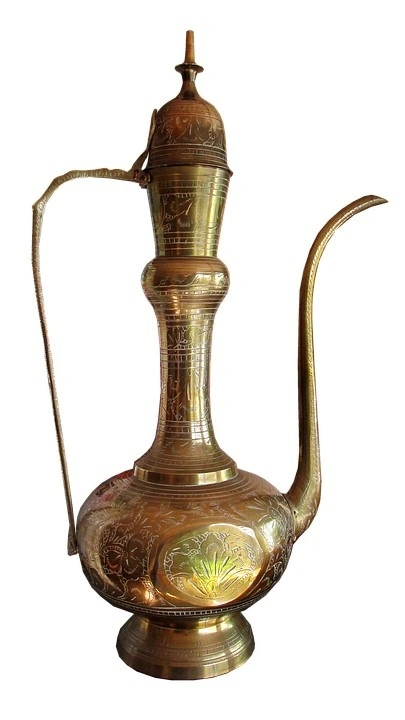
A brass pot
Tin
Tin is a renowned non-ferrous metal, particularly because it combines with copper to form bronze, a popular versatile metal since time immemorial. Tin is malleable with a silvery look and melts at 231.9 °C. Combining tin with lead makes it highly electrically conductive and improves its mechanical properties. For this reason, the metal is effective in soldering applications.
Try Prolean Now!
Applications of ferrous metals
A notable thing from the list of ferrous metals is that these materials are common in industrial settings mostly because they are strong and durable.
Construction Industry
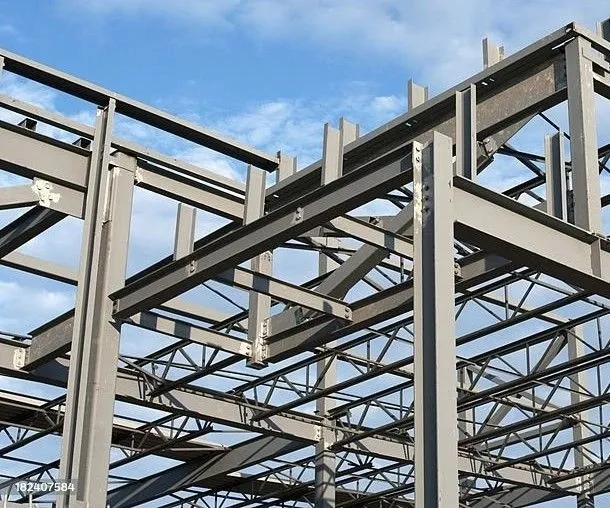
A Steel Frame
As the built environment continues to expand across continents, the applications of ferrous metals continue to increase. Steel is a regular material in the construction of waterways, I-beams, underground tunnels, and bridges, among so many other applications.
Energy Industry
This industry is characterized by hard drilling and the generation of heat. The material for drilling surfaces of varying properties should be versatile, durable, and heat resistant, which ferrous metals offer. It is the ideal application area for different types of ferrous metals. These metals form significant parts of gas pipelines, turbines, and oil rigs.
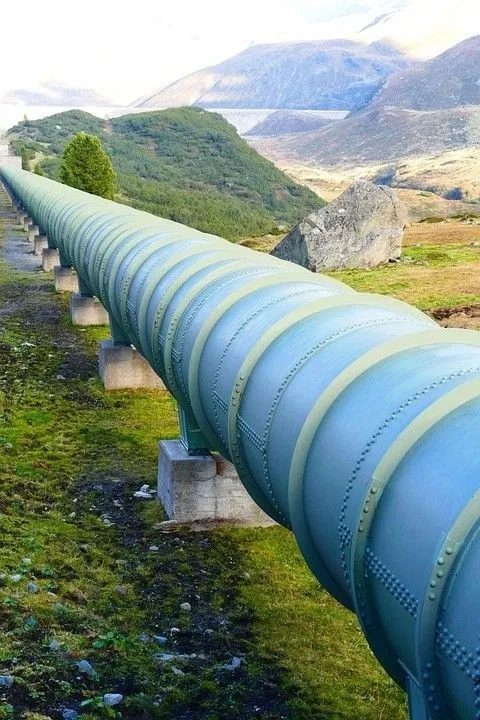
A Pipeline
Transportation Industry
This is an equally demanding industry with a variety of requirements. Whether on air, inland, or offshore movement, the suitability of ferrous materials in punishing environments is incomparable. Steel and iron are prominent in making things move safely and reliably.
Ferrous metals are present in aerospace frames, automotive structures, and rail tracks. These materials are also widely used in car engine and train container manufacture. Contact us to see how our machining and other services suit your industries.

A Rail Track
Electronics
Some domestic items may seem small, but they must be strong and durable. Such properties call for a material that can withstand constant hits and other realities of domestic application. Ferrous materials are preferable for computer desktop cases, motors, and microwave cavities.
Applications of nonferrous metals
Here is a look at some of the most popular applications of the types of non-ferrous metals.
Airline industry
Non-ferrous metals comprise products in numerous industries, but the airline industry is one of the biggest beneficiaries of the uses of non-ferrous metals.. From the long list of types of non-ferrous metals, aluminum is among the most popular. The Wright Brothers started this connection with their aluminum crankcase-based project.
The airline industry finds aluminum’s high strength-to-weight ratio, flexibility, and durability ideal for tough and sensitive environments. Aluminum is in every corner of the aircraft, including the engine, ball bearings, seat frames, fuselage, nozzles, and many more components.
Aluminum casting applies where the industry wants to become more innovative. It is also an avenue to reduce costs because the manufacturing method is cost-effective for large volumes.

An aluminum aircraft frame
Automotive industry
The manufacturing industry also has various uses of non-ferrous metals. Apart from aluminum for truck frames, chassis, and other parts, magnesium in transmission systems is worth mentioning. The material’s castability is crucial, but combining it with a high strength-to-weight ratio, dimensional stability, and impact resistance makes it a perfect material for vehicle transmissions.
The low-density material is preferred for transmission components because of its contribution to suitable weight distribution. Magnesium is also compatible with transmission fluids, thus is durable and safe.
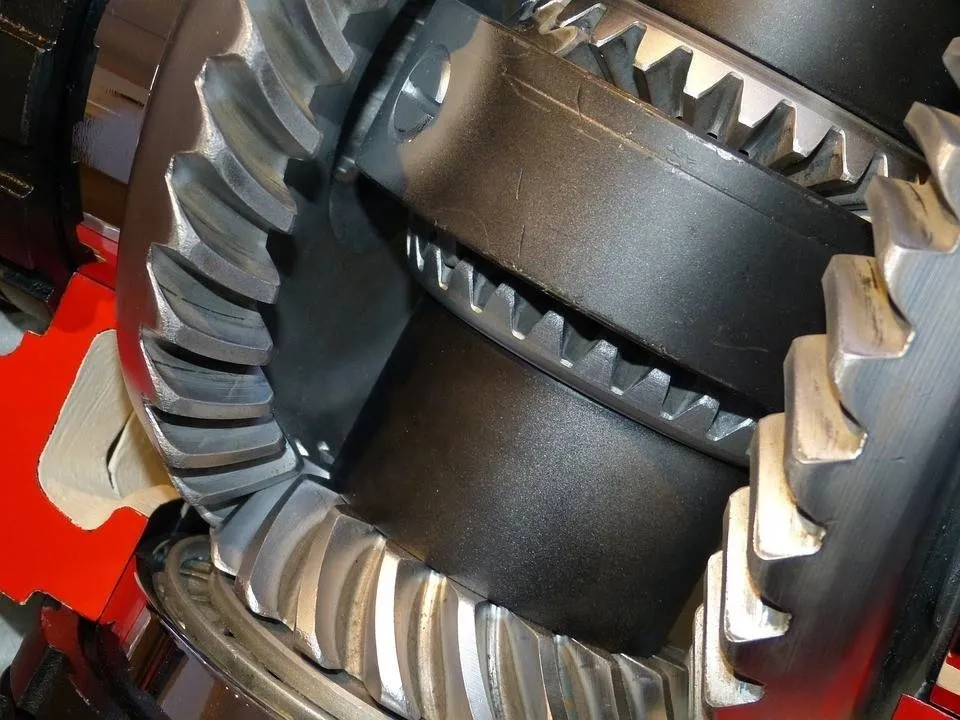
Electrical industry
This industry has widespread uses of non-ferrous metals. Wire connections are always at risk of corrosion, especially in the industrial setting. Electrical connections may lose reliability if the material cannot overcome this challenge. Where chemicals and corrosive environments are unavoidable, manufacturers have found a reliable solution in a non-ferrous metal – zinc.
Manufacturers use zinc to cast and electroplate electrical components to make them more usable in such environments. The material’s dimensional stability and hardness make it perfect for corrosive environments. Furthermore, the material is self-lubricating, thus ideal for moving parts.
Consider these main differences between ferrous vs non ferrous metals.
Composition
This is the biggest difference between ferrous and non-ferrous metals. While ferrous metals distinctively contain iron, non-ferrous metals are without this element. Ferrous metals additionally contain smaller amounts of chromium, carbon, manganese, and others, while non-ferrous metals contain elements such as lead, zinc, and copper.
Strength
A difference between ferrous vs non ferrous is also evident in strength, with ferrous metals exhibiting a generally higher strength. The iron content in these metals contributes to higher tensile strength. While non-ferrous metals have lower strength, they present better malleability and ductility.
Magnetism
With no iron content, non-ferrous metals contain non-magnetic properties. A material’s non-magnetic properties are useful in many instances, so these metals are relevant in numerous projects.
For applications where magnetism is a priority, ferrous metals are the ideal choice. These metals, with their iron content, have excellent magnetism. If magnetization is necessary, the metals can easily undergo this process.
Electrical and thermal conductivity
This is another area where non-ferrous metals beat the ferrous metals. Non-ferrous metals are renowned for their excellent conductivity. The perfect examples of this capability are aluminum and copper.
These metals are widely used in electrical transmission and wiring systems because of their superior conductivity. The same cannot be said of ferrous metals. Due to their poor conductivity properties, ferrous materials are rarely used in such applications.
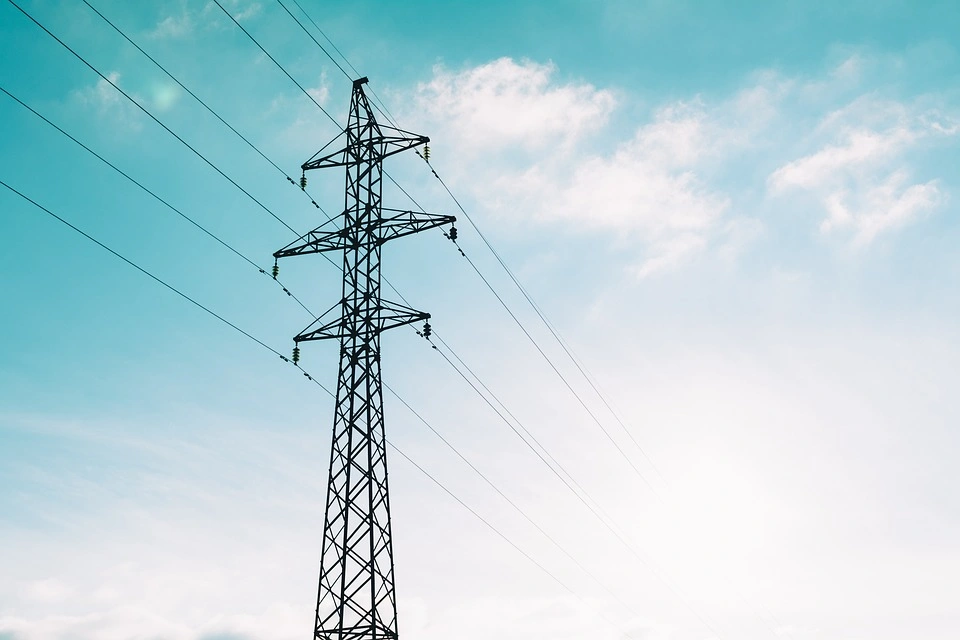
Power transmission cables
Density
Again, the presence of iron in the metal is instrumental in the ferrous vs non ferrous debate. For the more common materials, ferrous metals tend to be denser than non-ferrous metals. Iron is a dense element that has a huge effect on the metals’ density and weight.
Where the concern is low weight, less dense non-ferrous metals such as aluminum and copper are preferred to ferrous metals.
In Summary
Ferrous and non-ferrous metals have been used for eons. The properties and applications of both metal categories vary widely. Ferrous metals are preferred for their strength, higher melting points, and higher density, while non-ferrous metals are popular for their lightweight, corrosive-resistant, and non-magnetic capabilities.
The bottom line is that both categories of metals are irreplaceable in supporting the growth and development of modern society.
The good thing is that Prolean Tech has the specialists and machinery to optimize parts from both categories. If you would like more insights into the content and capabilities of ferrous vs non ferrous metals, please book 1:1 consultation call with our industry specialists.
FAQS
Are ferrous metal softer than non ferrous metal?
No, non-ferrous metals are usually softer than ferrous metals. Soft in this case does not suggest weakness because the non-ferrous metals demonstrate their strengths in varying ways. For instance, lead is non-ferrous but excellent at blocking X-rays. That’s where the idea of lead aprons at places of X-ray exposure came about.
Is aluminum ferrous or non ferrous?
Aluminum is a non-ferrous metal. It belongs to the class of metals that do not contain iron and are non-magnetic. As a lightweight and corrosion-resistant material, aluminum is great for industries such as aerospace and automotive.
Is zinc a non ferrous metal?
Yes, zinc is a non-ferrous metal, meaning that it does not contain iron. It is highly regarded for its hardness and corrosion resistance, so it is used to coat the more vulnerable metals.
Is 316 stainless steel ferrous or non-ferrous?
The 316 stainless steel is ferrous because it contains iron. The material has alloys such as chromium, molybdenum, and nickel for enhanced corrosion resistance. That’s why 316 stainless steel suits corrosive marine and related environments where ferrous materials are popular.

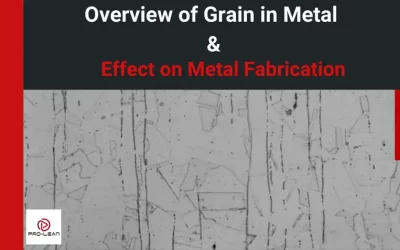
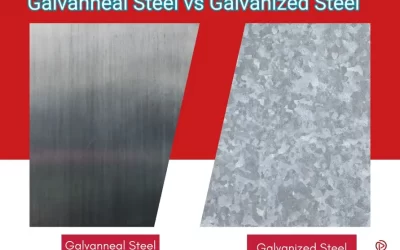
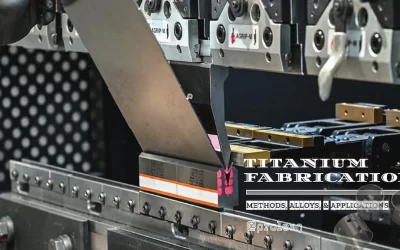
0 Comments